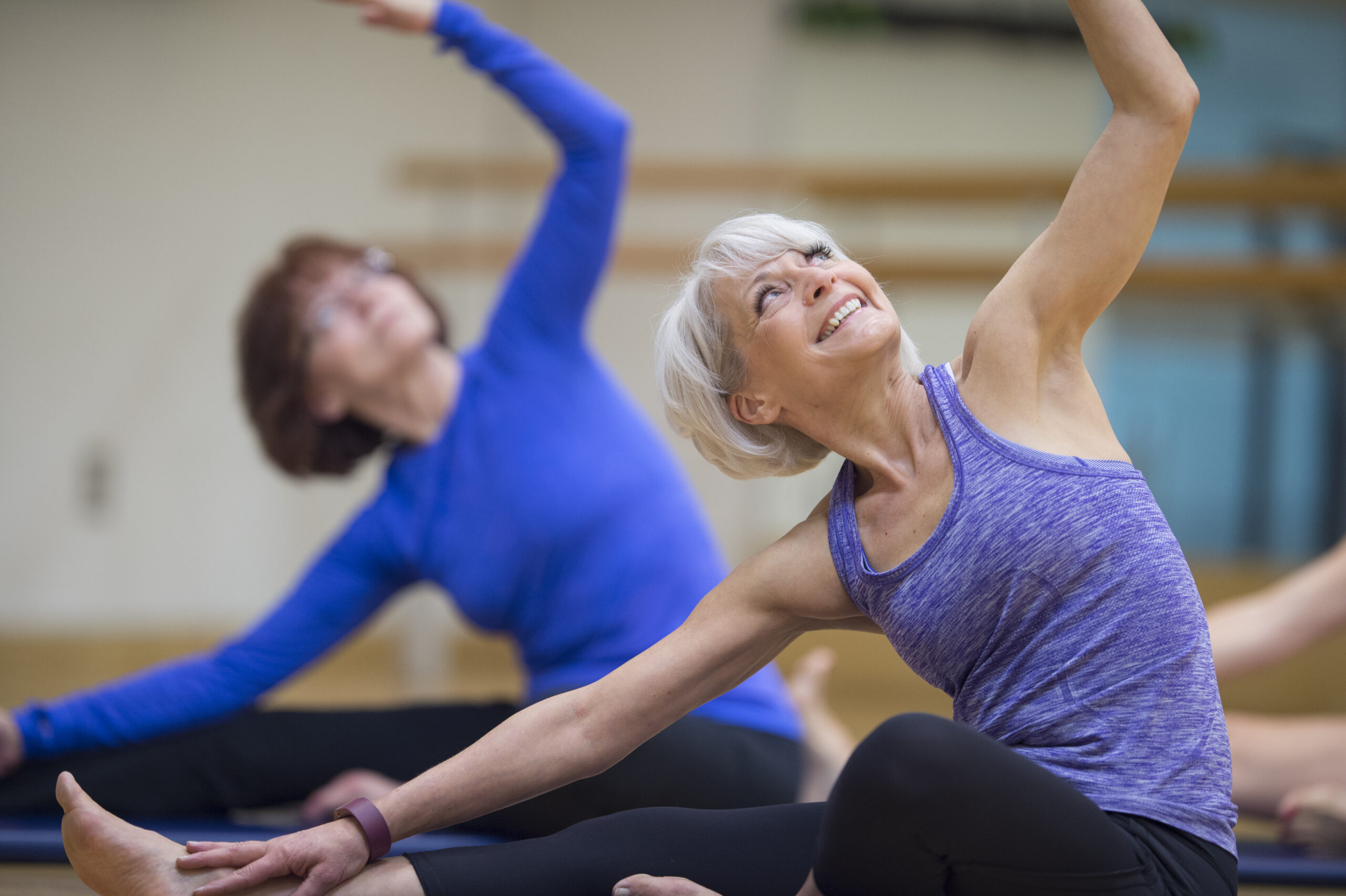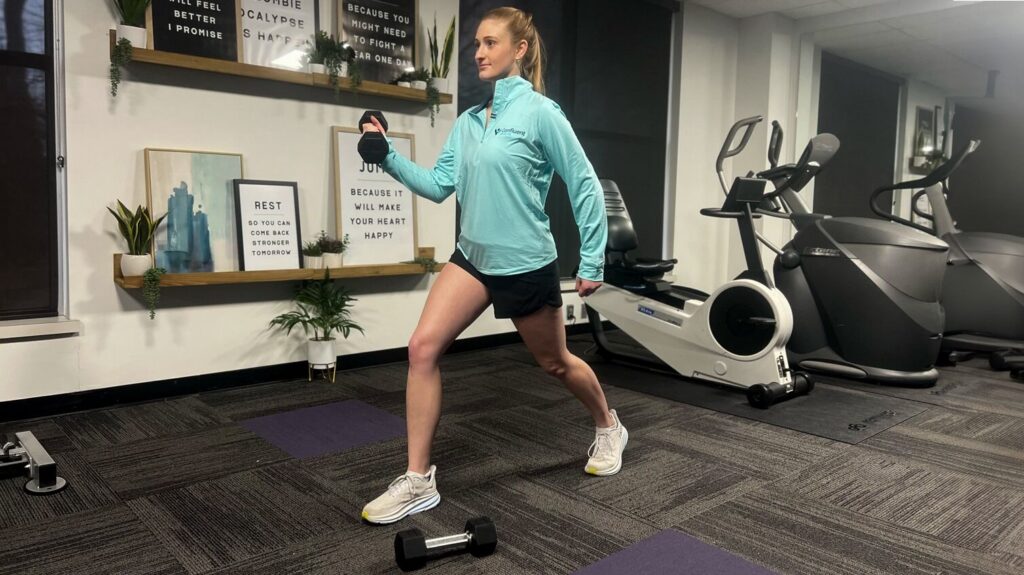The natural response for a body in pain is to cease movement, freeze, and immobilize. This is true for both acute and chronic issues plaguing any living, breathing human. And that’s okay! It’s nothing more than our protective instinct saying, “Hey, that’s not safe, how about play over here in the baby pool,” as if your mother was giving you a gentle warning. After a few days, we go back to our normal tendencies and routines, simply tuning that voice out. But in the case of chronic issues, that voice becomes louder, like when your mother calls your first AND middle name in one warning. That’s when things begin to get interesting.

A multi-ethnic group of senior adult women are taking a yoga class together at the gym.
Chronic pain is a very complex phenomenon. Even top researchers don’t fully understand it. On one hand, you have John who broke his femur bone and recovered easily after two surgeries and rehab. On the other hand, you have Jane, who has never broken a bone or been in an accident but suffers from chronic back pain that has persisted for years. Why? Because chronic pain is an experience, not an anatomical issue. Chronic pain evolves due to the over-amplification of our nervous system’s response to a physical stress on the body or even emotional stress, such as anxiety or depression with or without any actual physical injury (McGonigal 2009). Some might see this as bad news when this becomes the diagnosis, losing hope that they’ll never recover.
But, actually, there is good news.
Because this is an imperfection in the mind-body relationship, relief comes from reestablishing that relationship. Yoga works to mend that connection through breath, movement, and awareness—and it doesn’t require you to sweat or stand on your head. Through physical exercise or movement, the brain can release chemicals to suppress the physical pain (Dietrich, McDaniel 2004). What’s even better? Mindfulness and meditation can also play a role in reducing future pain signals by calming down that aforementioned, over-amplified alarm system—all of which can be done from your home or even bed, and don’t require you to purchase the latest hole-ridden yoga pants.
I invite you to put yourself back in the driver’s seat. Overcome your fear of movement and cultivate a new and improved relationship with your body.
Dietrich, A., and W.F. McDaniel. 2004. Endocannabinoids and exercise. British Journal of Sports Medicine.
McGonigal, K. 2009 Yoga for pain relief. 1:1-5.


